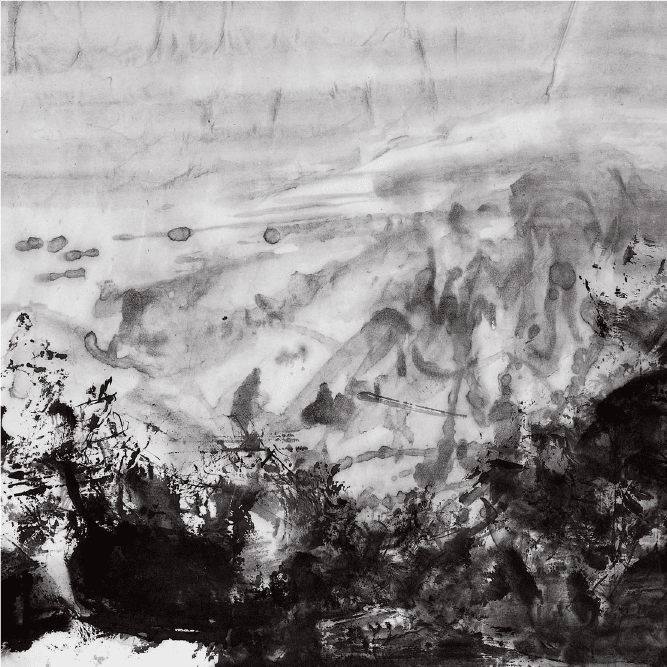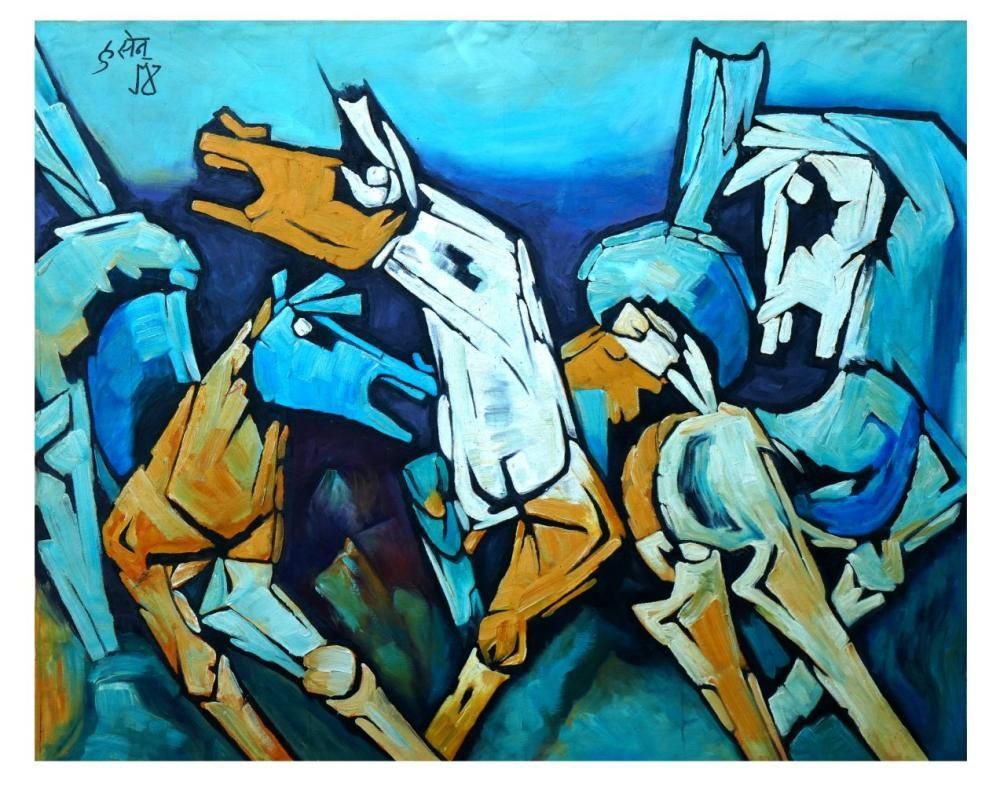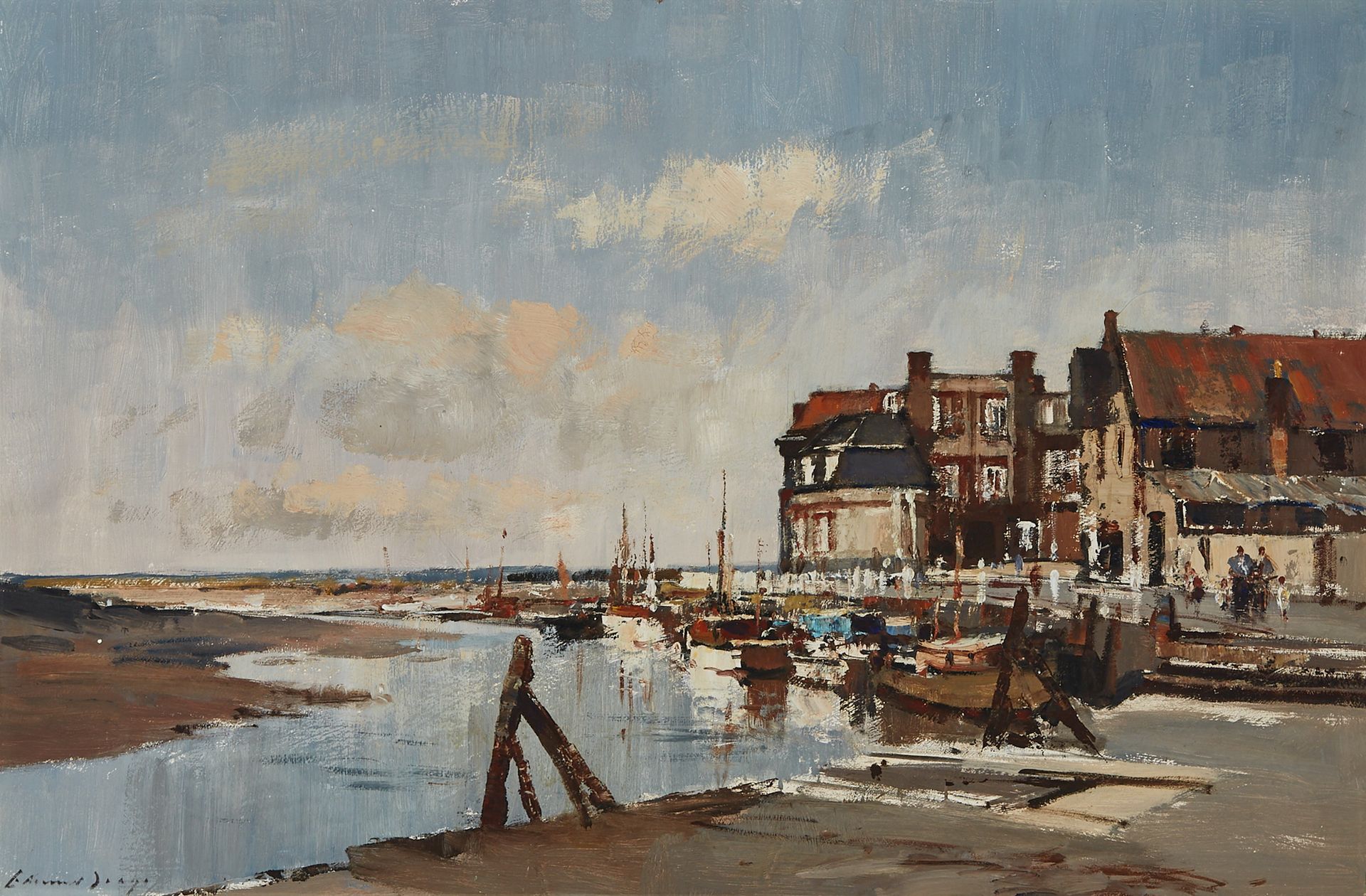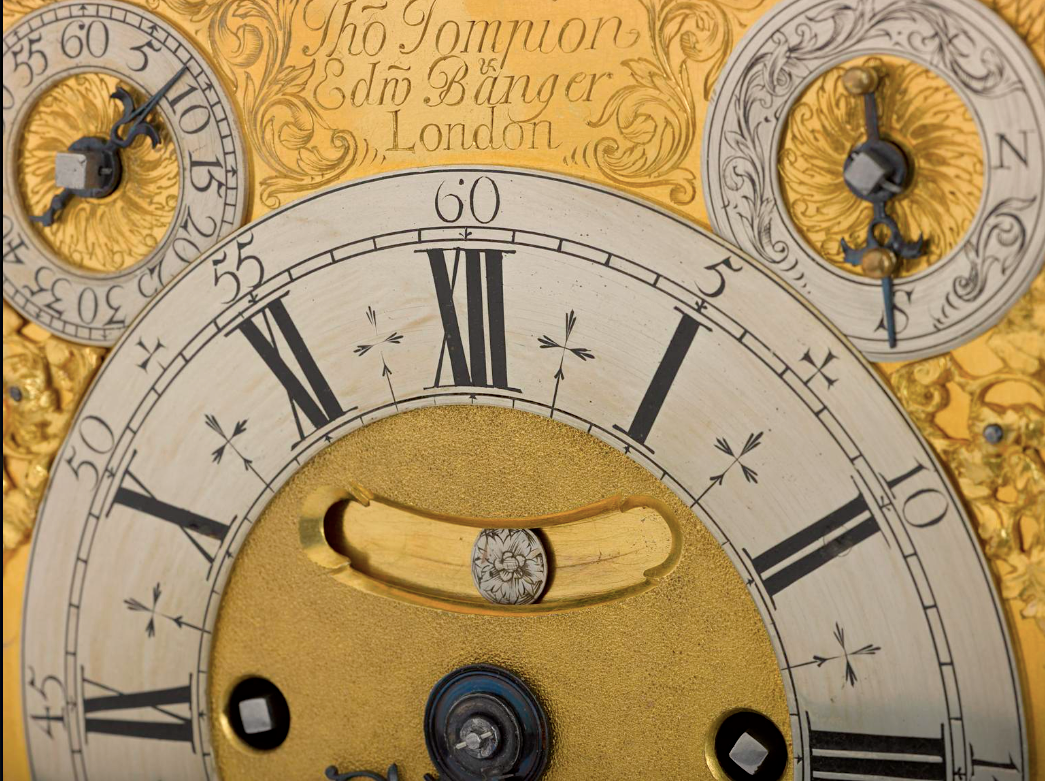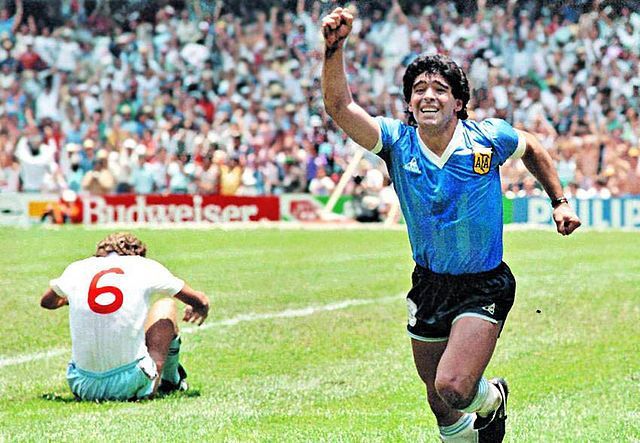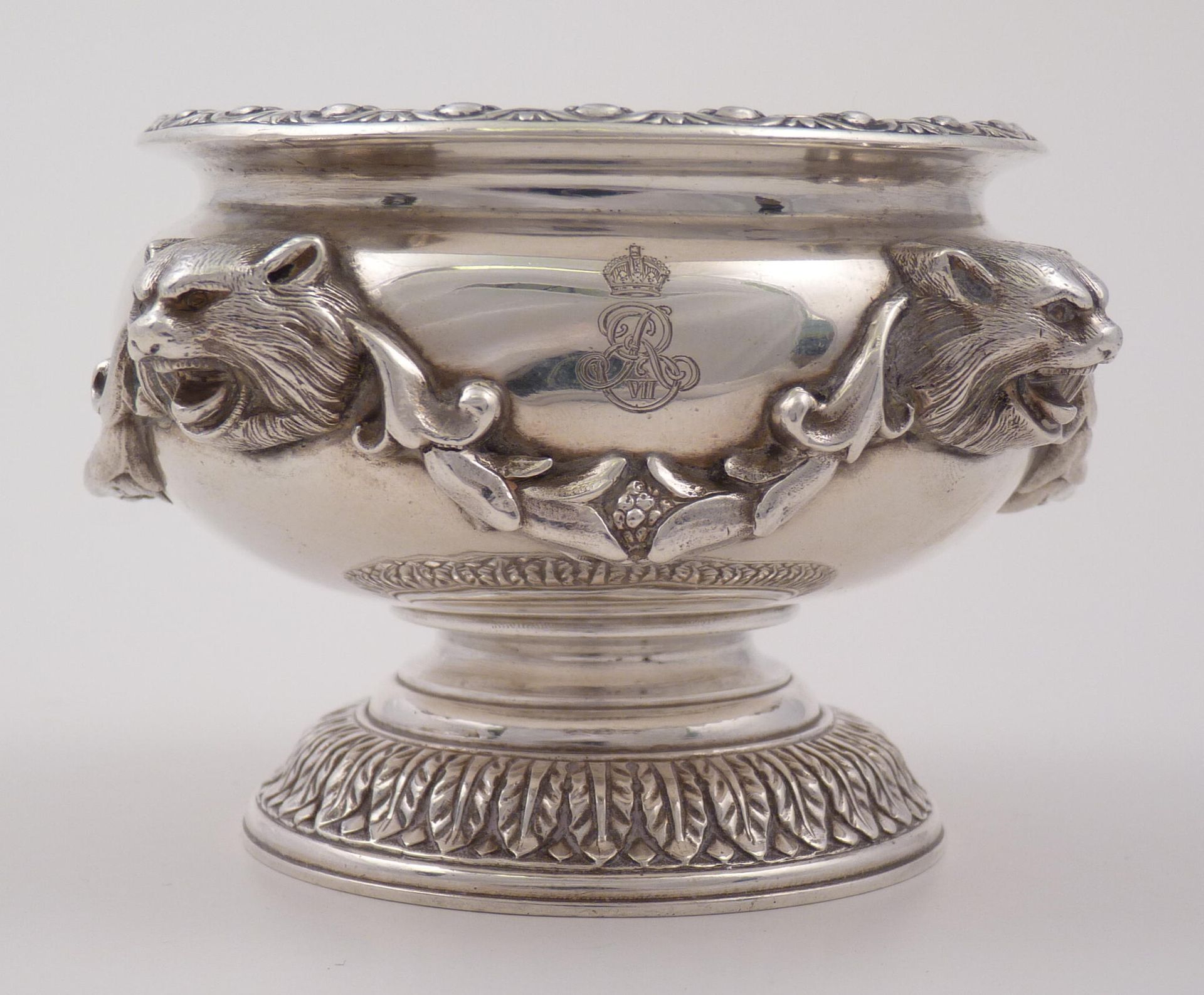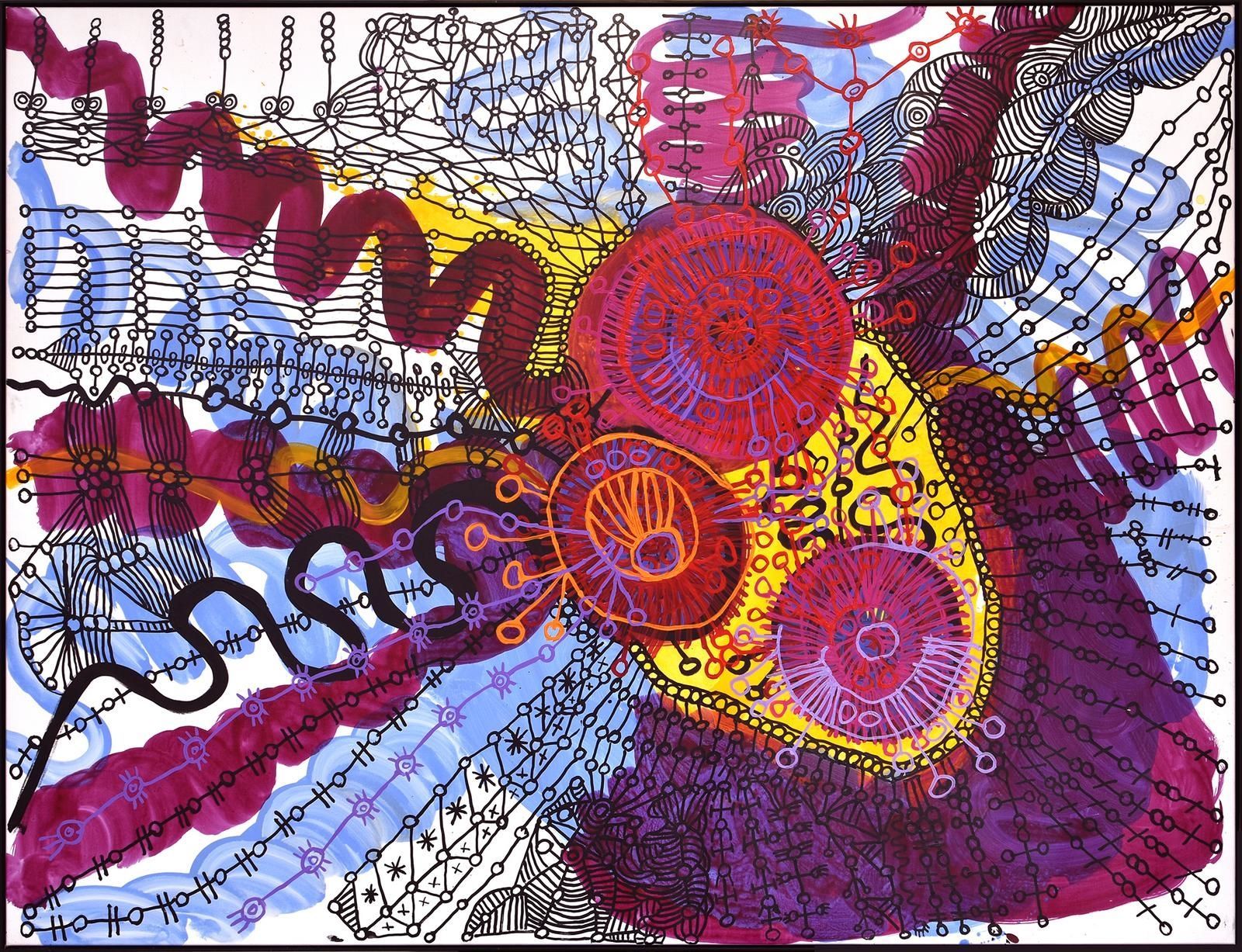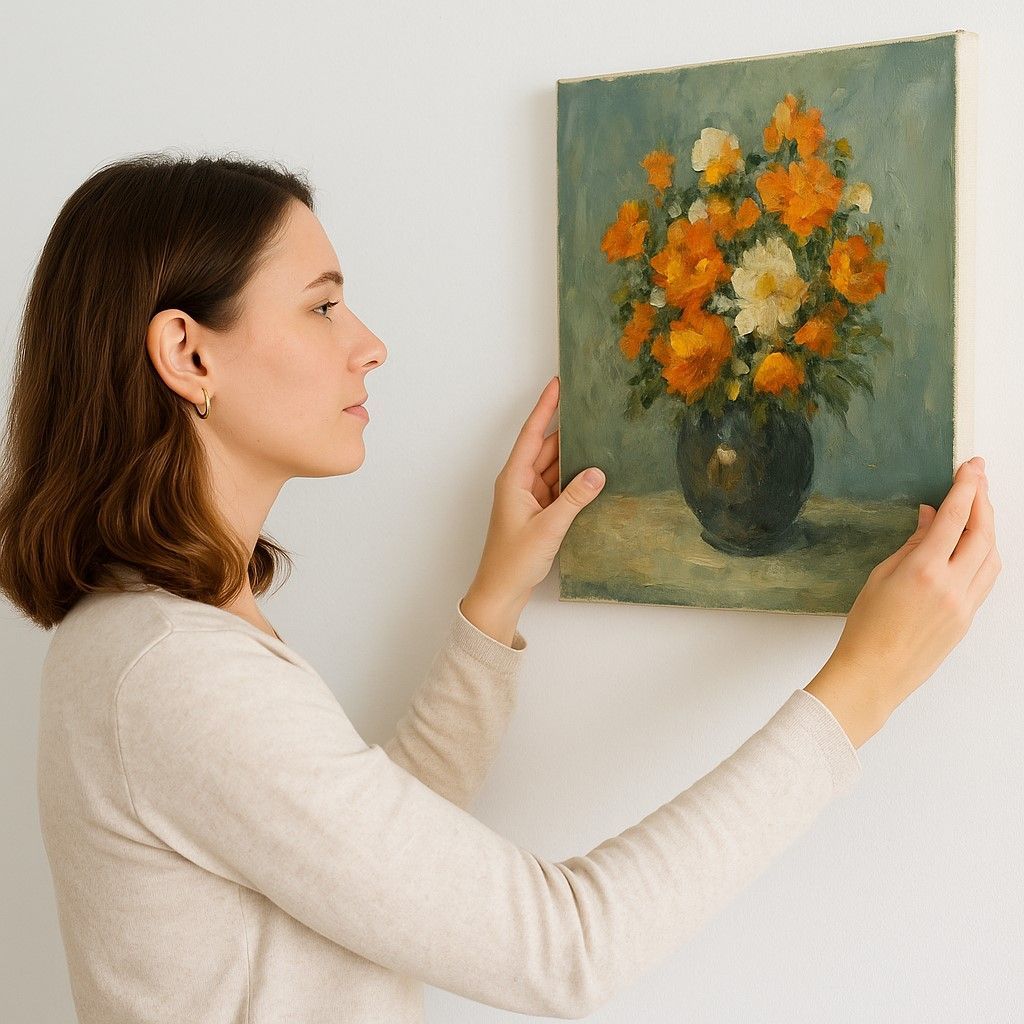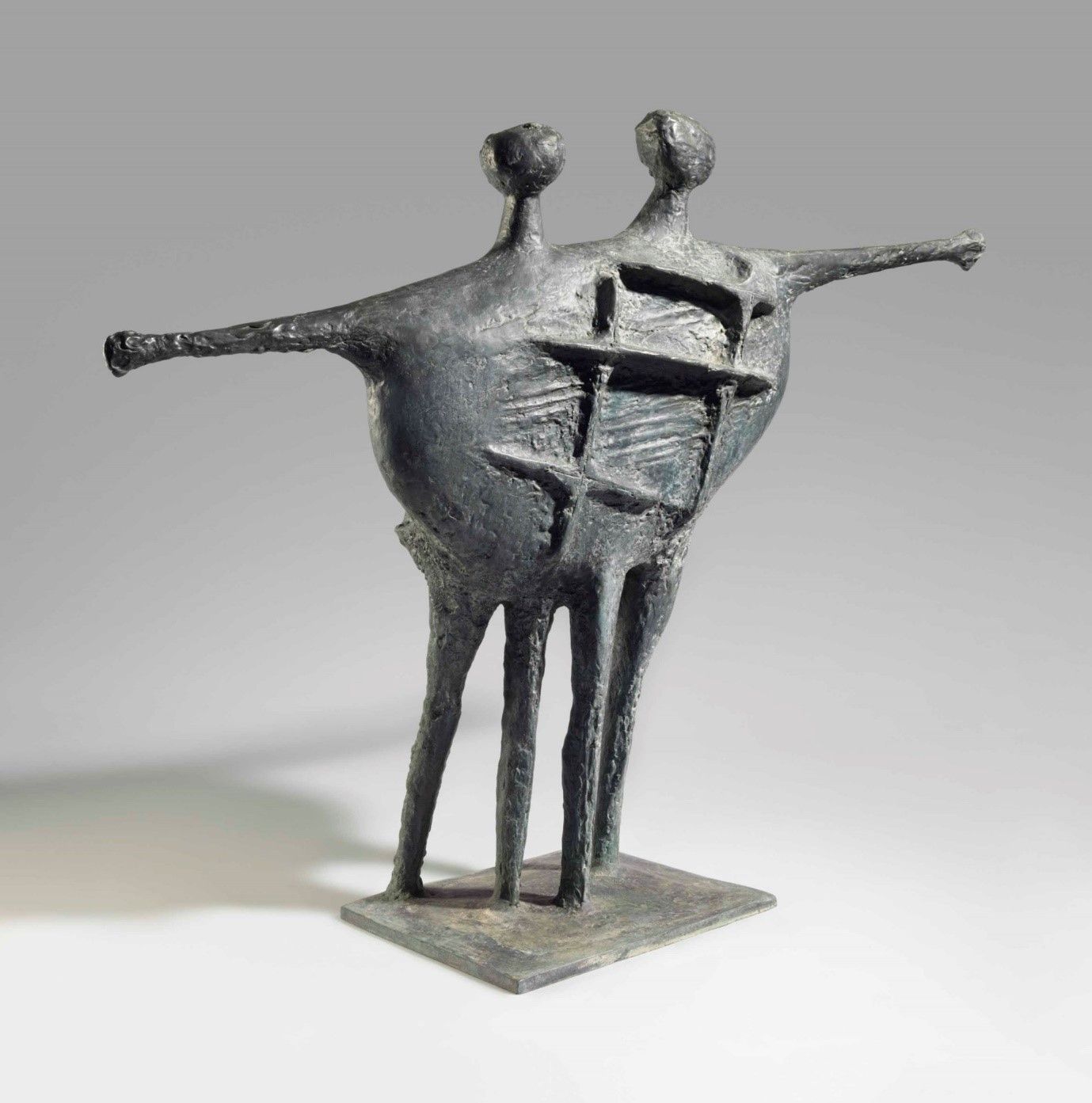Share post
Please find a short article by Debra Stanislawski about modern artist, Zao Wou-Ki.
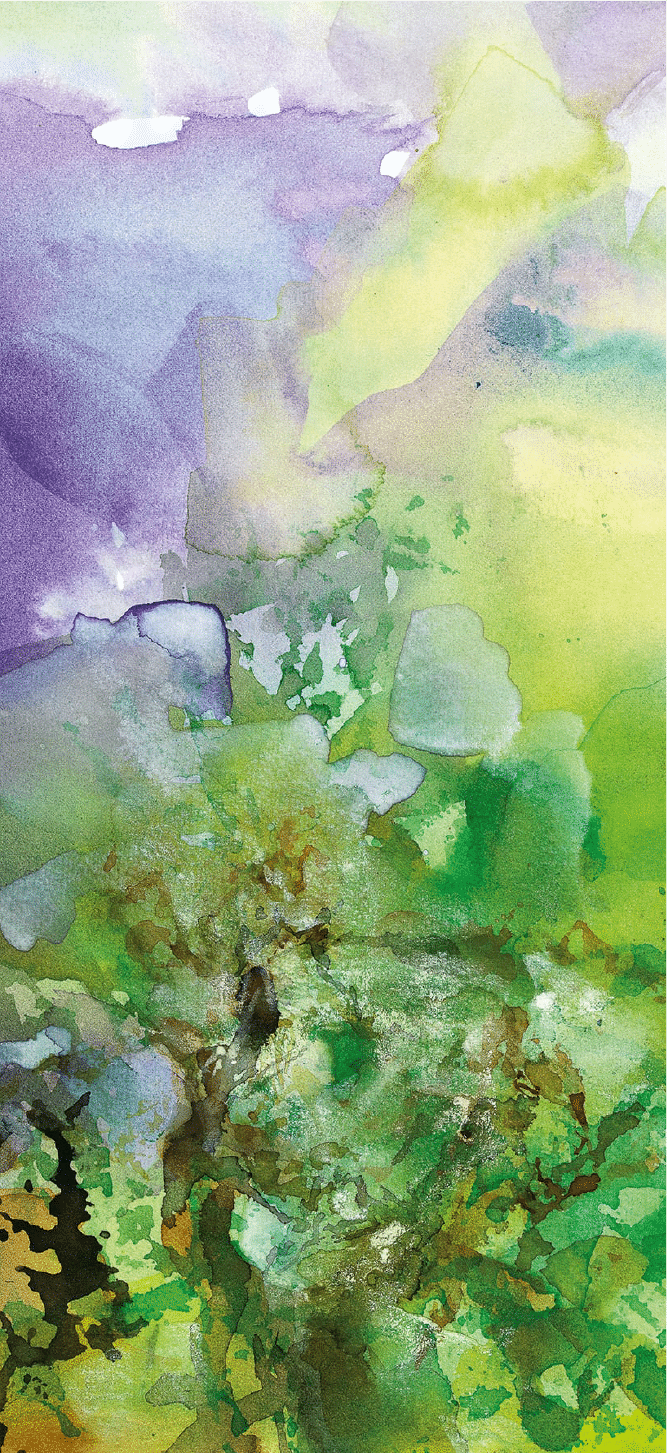
Recently, Quastel Associates had the opportunity to value a vibrant abstract painting by renowned Chinese French artist, Zao Wou-Ki. This article explores this influential modern artist’s life and career.
Zao Wou-Ki was unlike most artists. His art was seemingly appreciated from the start. Starting when he was only ten years old in Shanghai, China with the support of his banker father and family of intellectuals, Wou-ki took art lessons at the prestigious China Academy of Art in Hangzhou, where he learnt from artists Fang Ganmin and Wu Dayu who themselves had been trained in French artistic tradition.
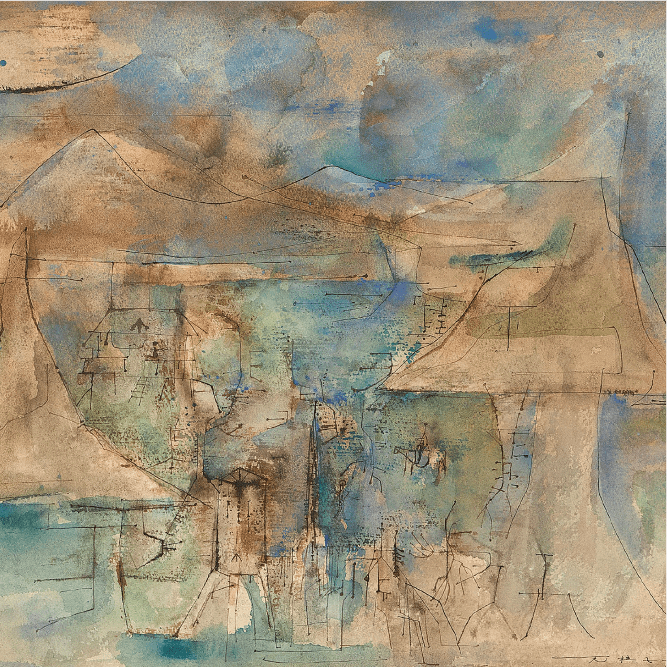
It is well remarked that the artist, Wou-Ki which is translated to mean ‘No Limits’ applied this intimately in his art. It was also showcased by his decision to ensure that his wife, who he demonstrated was best suited to ensuring the artistic life of his art, was given sole proprietorship of his work. The Foundation supporting his art does not own the art and has ensured that the art is shared in museums worldwide so that it truly can be appreciated.
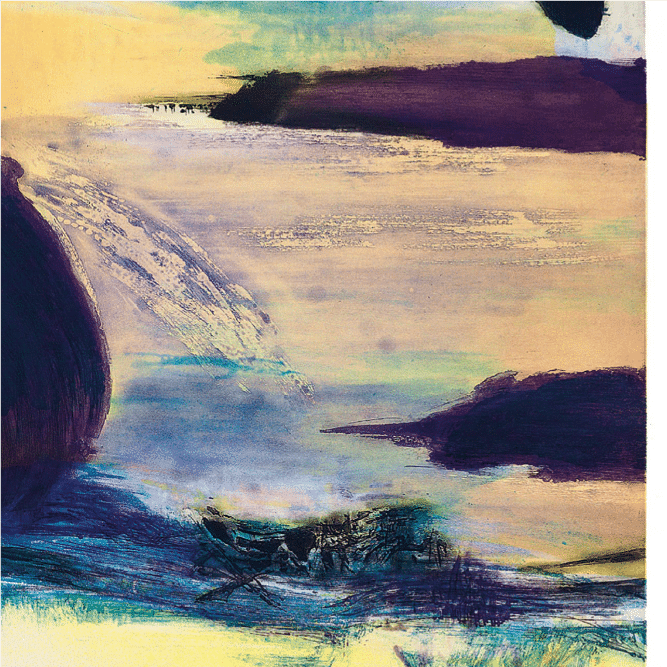
Zao Wou-Ki had said that he had discovered his personality in Paris, a place which was his home for many years. In fact, after having left China, it was many years before he returned and only during a period in which he was grieving the loss of his second wife.
Wou-Ki found art inspirational, drawing from the different works he saw in different periods of his life. He began to drift away from the traditional Chinese ink and calligraphy techniques he had first learnt. This shift started when he saw postcards featuring the work of Cézanne, Matisse, and Picasso—brought to him by his uncle from Paris. He also encountered Western art in American magazines that printed reproductions. It was only later in life that he returned to Chinese techniques, which he credited to his experiences in Paris.
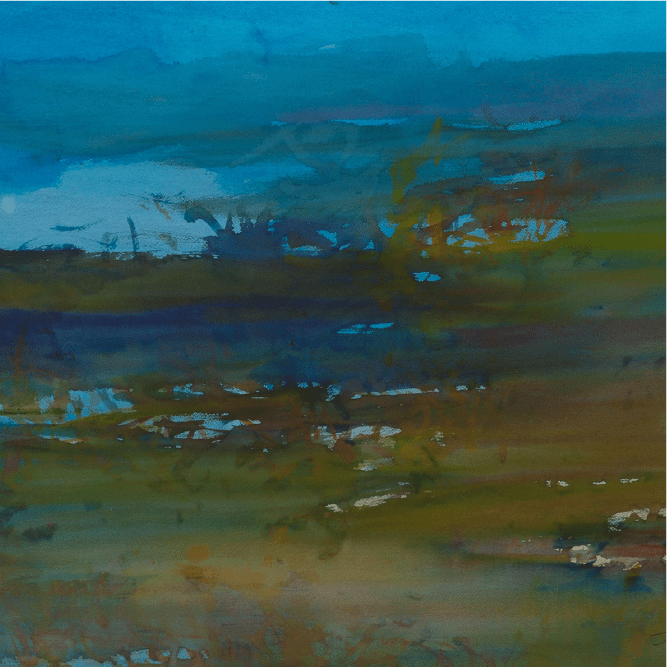
In 1948, he travelled over a month by sea with his first wife. It was then that he surrounded himself with artists including American artists Sam Francis, Norman Bluhm and Joan Mitchell; Canadian artist Jean-Paul Riopelle, Portuguese painter Maria Helena Vieira da Silva, German painter Hans Hartung and the French painter Pierre Soulages. He used to spend quite a bit of time in the Louvre, upon moving there. Later, he visited New York and developed an appreciation for Abstract Expressionism. It was after this visit that he began painting on much larger canvases.
Frequent attention is paid to Wou-Ki’s ability to meld together Eastern and Western artistic tradition. However, was it really a melding of East and West? Perhaps it was more likely that it reflected who he was, a blend of a bit of all the places and techniques he had seen. It seems more likely the latter than the former. Yet, being appreciated by people the world over for art should not be minimised. He had an awareness and ability to shift and blend his styles to draw together people from lots of different places.
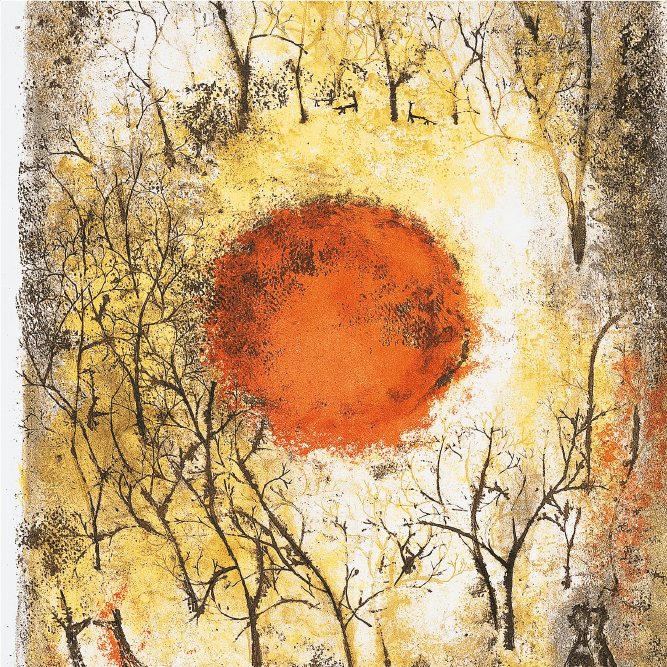
Throughout his life, he was sought out by writers and poets, and his art not only adorns museum walls throughout the world but is also found in the pages of books. These include lithographs and etchings. Not only was he proficient in his use of etchings and lithographs but he could also paint. His watercolours and oil paintings have a universality and oneness that is rare.
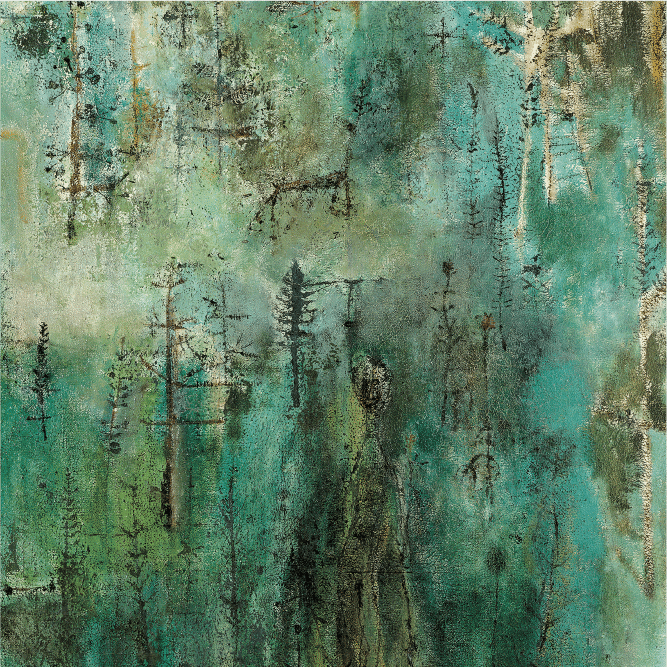
His works are significant as they are not only sold at major auction houses around the world, but they can also sell for several millions when they are auctioned. Wou-Ki and his wife have ensured that his art truly will be limitless for the foreseeable future.
